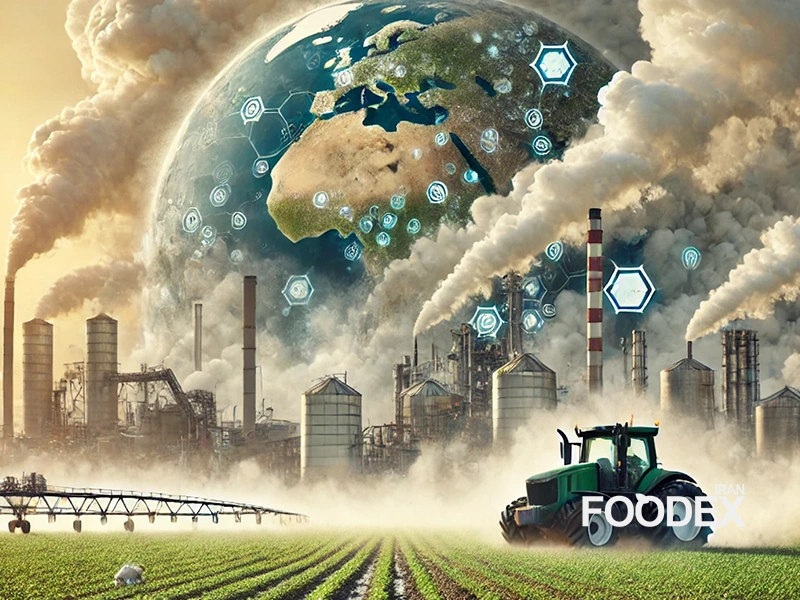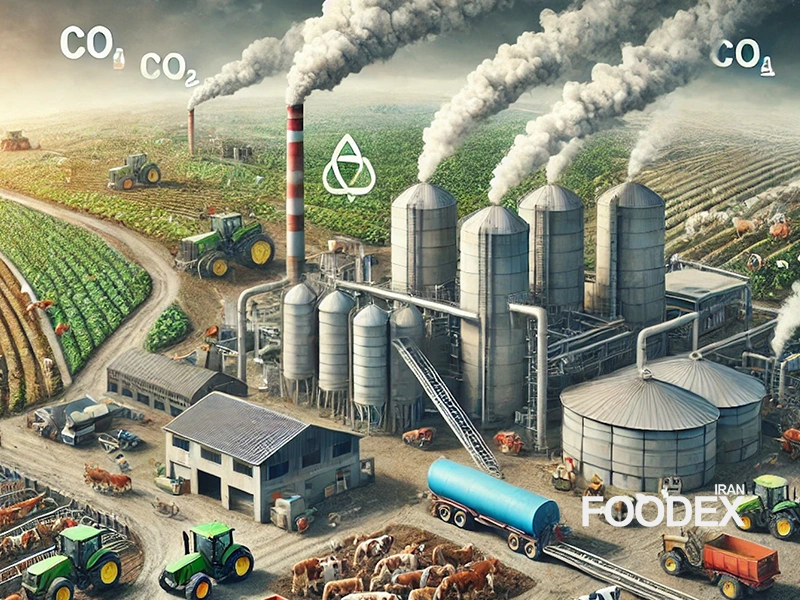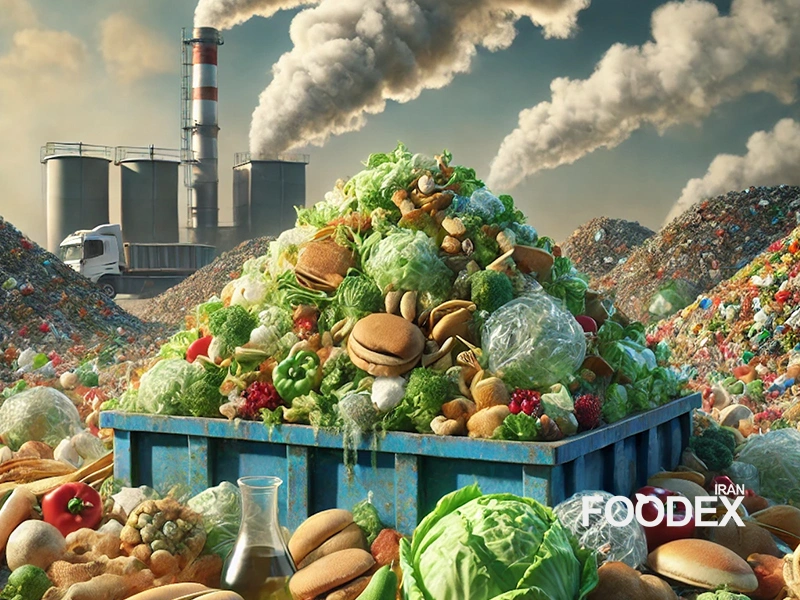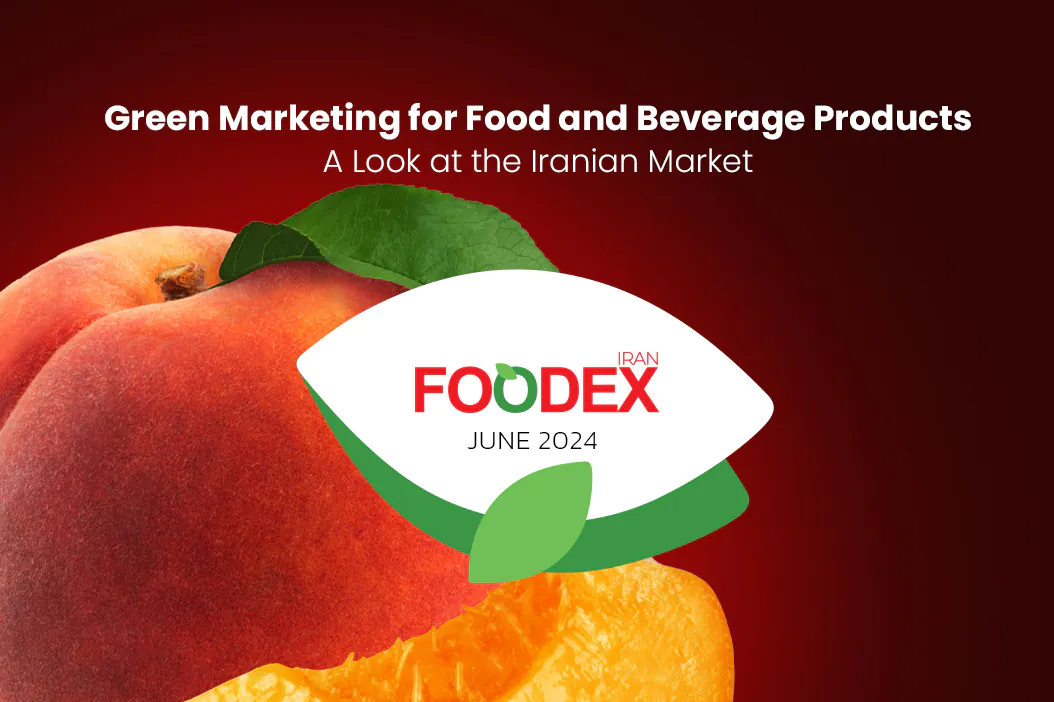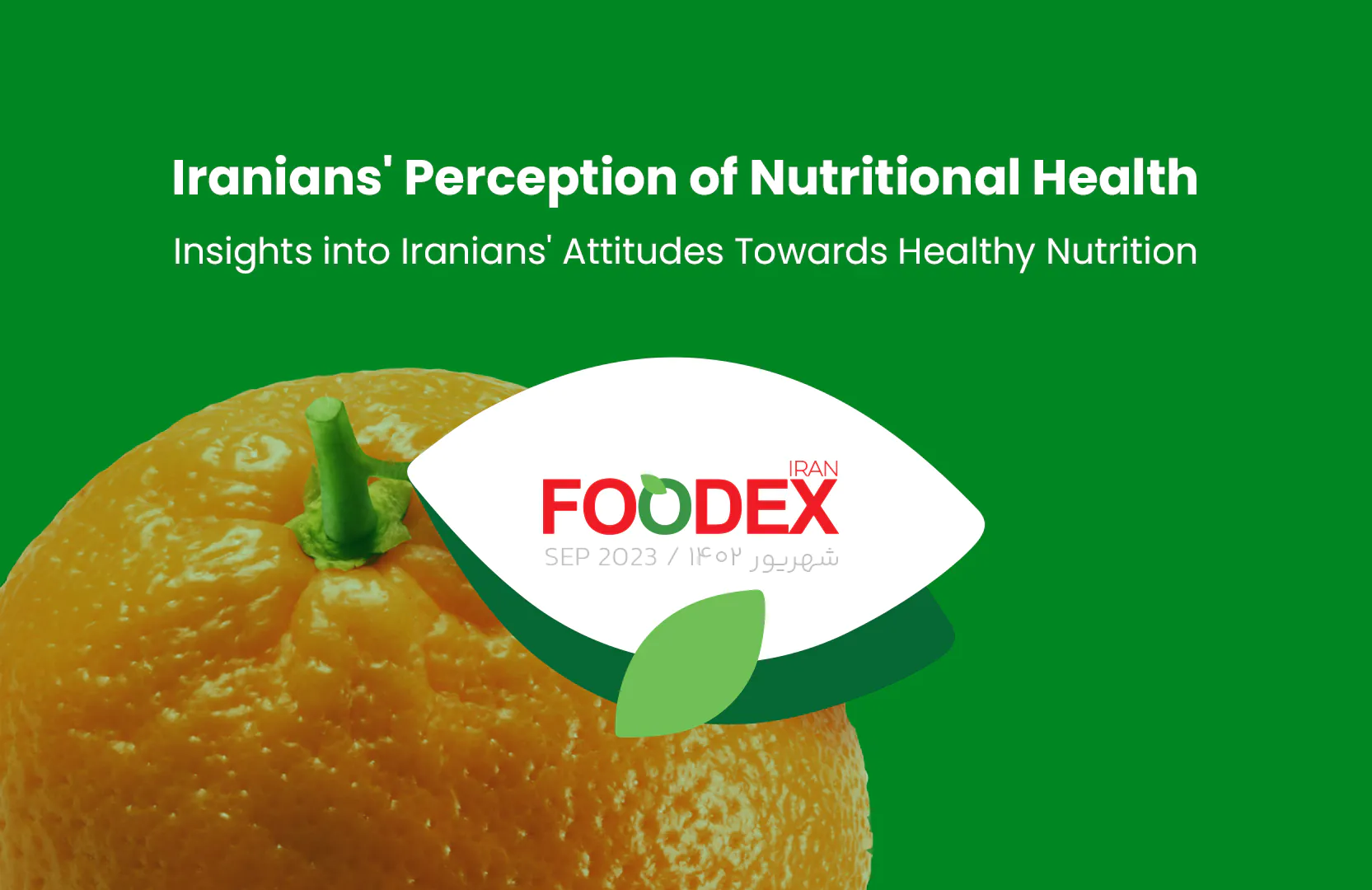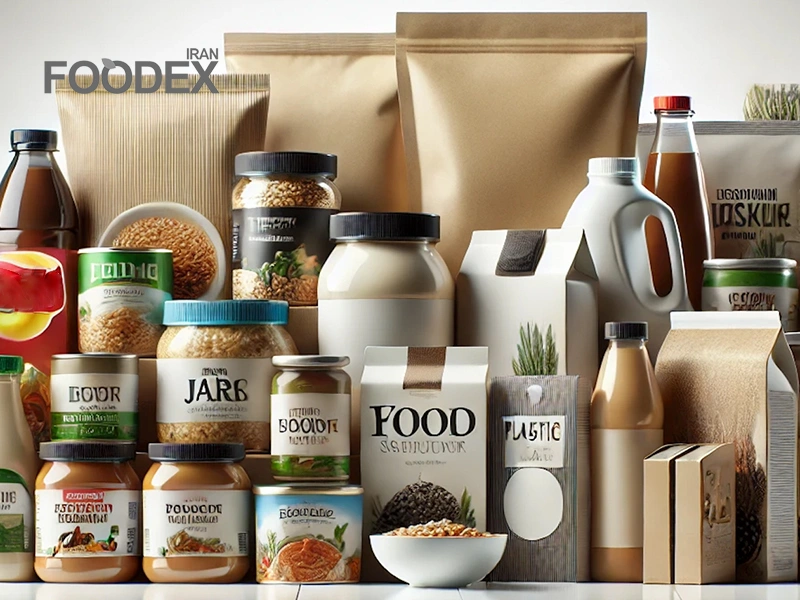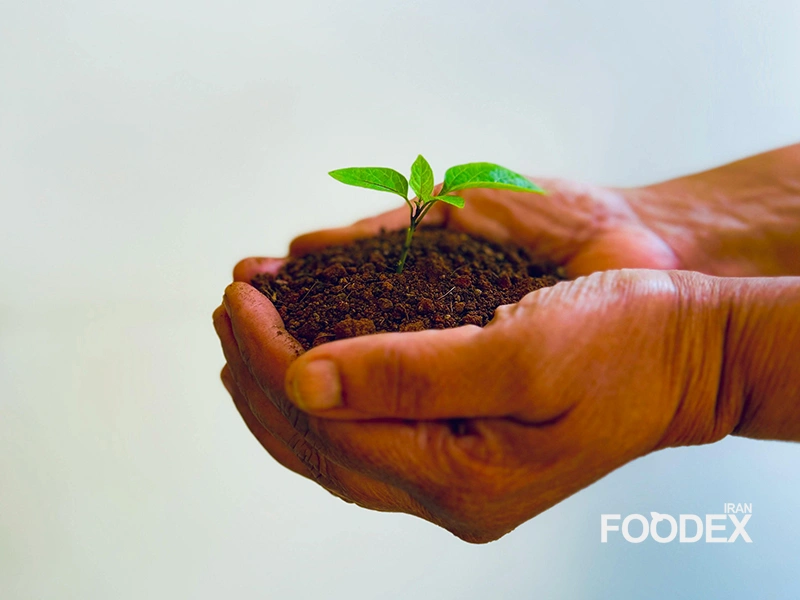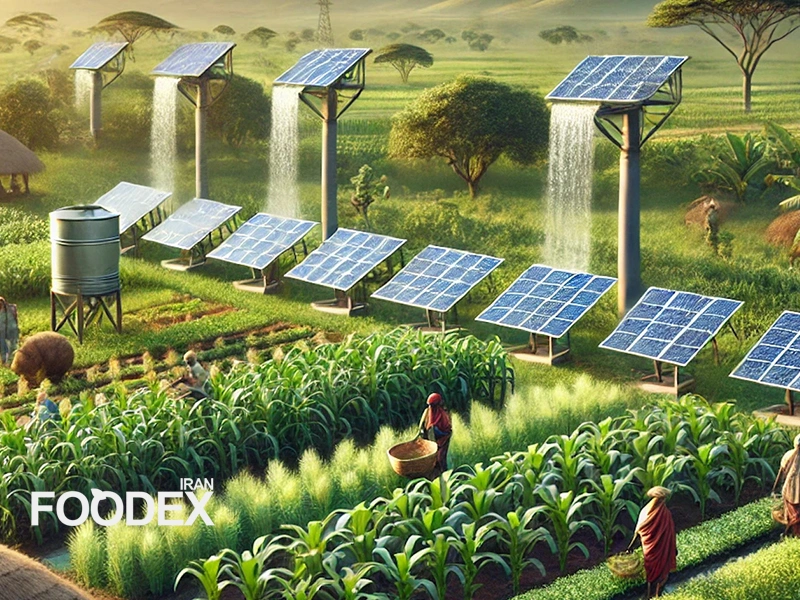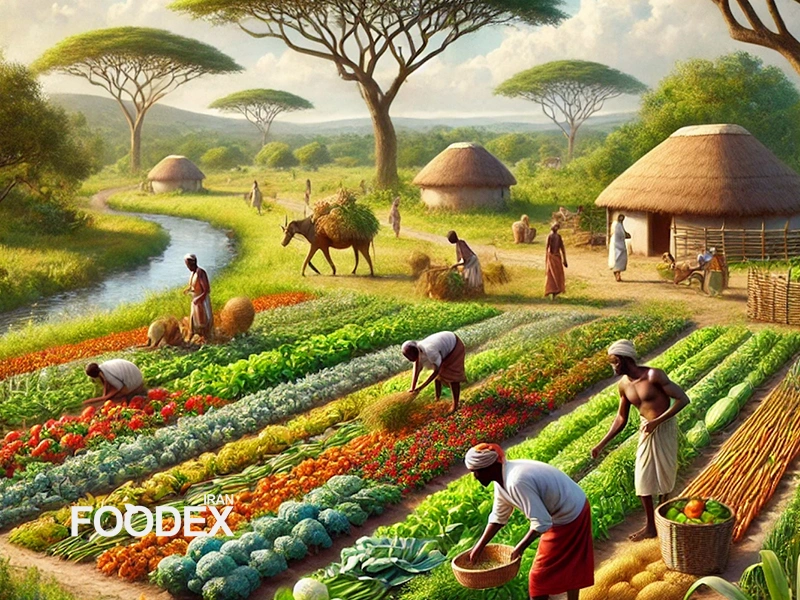Probably one of the most significant challenges in the 21st century is fighting climate change and reducing GHG emissions. These include carbon dioxide, methane, nitrous oxide, and fluorinated gases, the main contributors to global warming. Among the different sources of GHG emissions, the role of global food systems often needs to be discussed more. They are, nevertheless, significant suppliers of GHG emissions throughout their manufacturing process, processing, transportation, consumption, and food waste management.
The article below takes a closer look at the contribution of food systems to GHG emissions, pinpoints pivotal drivers of the process involved, and shows sustainable ways to minimize this process’s adverse effects. For further details, visit the Foodex Food Industry Journal.
How Food Systems Contribute to Greenhouse Gas Emissions
The global food system is a relatively complex chain that spans everything from agricultural production to food consumption and waste management. This system significantly contributes to GHG emissions due to its high demand for energy, reliance on natural resources, and method of farming. Research has estimated that up to 19–29% of annual global GHG emissions are related to food systems. This is perpetuated by using fossil fuel, fuels ing, chemical fertilizers, and the water demand for contemporary agricultural production.
Significant GHG Contributors throughout Food Systems
Every one of the stages that make up the food system—from agricultural production to waste disposal—has its environmental effects. The following are the major contributors:
Agricultural Production
Agriculture is among those processes that highly emit GHGs in food systems. Agriculture produces carbon dioxide and methane emissions through machinery, artificial irrigation, and chemical fertilizers. Another sector that is also significantly responsible for greenhouse gas emissions is cattle livestock farming, where the process of digestion produces quite a large amount of methane, which is very contributory to climatic change.
Chemical Fertilizers
Nitrogen- and phosphorus-based fertilizers, commonly used to improve crop yields, give off nitrous oxide—a gas with 300 times the greenhouse effect of carbon dioxide. Overuse of these fertilizers also contributes to environmental risks.
Transportation and Distribution
The transportation of food—from farms to factories, stores, and to the consumer—relies significantly on fossil fuels. The further the distance food travels, the greater the amount of emissions produced.
Processing and Packaging
Food processing requires large energy input while makeup materials, often made from plastic-like or synthetic substances, provide additional sources of GHG but are also responsive to other environmental issues, such as ocean pollution.
Food Waste
Food waste is a significant problem within food systems. As food decays in landfills, it releases methane, a very potent greenhouse gas. Lost are also resources that go into producing wasted food, such as water and energy.
Solutions to Reduce Greenhouse Gas Emissions
As much as food systems generate a big portion of GHG emissions, well-thought-of measures can lessen their environmental impact. From diversification into sustainable agriculture to managing food waste and harnessing cutting-edge technologies, the list goes on:
Cut Food Waste
Reducing food waste is considered one of the most effective ways to lower greenhouse gas emissions because it takes place from farms down to consumers. Practical steps include better supply chain management, consumer education, and repurposing food waste into new products.
Sustainable Agriculture
The adoption of farming practices in sustainable agriculture, such as methods of organic farming, limited use of chemical fertilizers, and conservation of biodiversity, might reduce GHG emissions considerably. Better aeration of the soil and judicious use of water are also essential.
Energy Efficiency in Processing and Transportation
A switch to renewable energy for food processing and a reduction in the burning of fossil fuels during transportation directly reduces emissions. This includes technologies related to electric vehicles or solar- and wind-powered systems.
Dietary Changes
Reducing meat, particularly beef and lamb, could be essential to reducing GHG emissions. Such diets rely less on animal proteins and shift to more plant-based ones, such as those containing legumes and soy, rather than putting additional pressure on food systems.
Agricultural Innovation
New technologies, ranging from genetically engineered crops that can thrive on less fertilizer to intelligent irrigation and vertical farming, may help increase agricultural productivity while reducing environmental degradation.
Environmentally Friendly Packaging
Using entirely biodegradable and recyclable packing would reduce pollution and GHG emissions. The benefits derivable from this sector would be very far-reaching.
A Sustainable Future for Food Systems
While serving as the most crucial contributor to environmental degradation, global food systems at the exact moment hold much promise for changing course. Strategies from curbing food losses to adaptingtechnologies will successfully cut GHG emissions. Worldwide collaboration and public awareness in tandem will be fundamental to that transition.
References
FAO (Food and Agriculture Organization) – Reports on the impact of agriculture and food systems on greenhouse gas emissions.
IPCC (Intergovernmental Panel on Climate Change) – Comprehensive reports on GHG emissions and the role of food systems.
Studies on sustainable farming and modern technologies for emission reduction (accessible via platforms like JSTOR and ScienceDirect).
Environmental organizations such as WWF and UNEP, focused on climate change and GHG emission reduction strategies in the food industry.
Ehsan Allahverdi
Executive Manager of Foodex Iran
Marketing Consultant for Leading Food & Beverage Brands
website | linkedin

